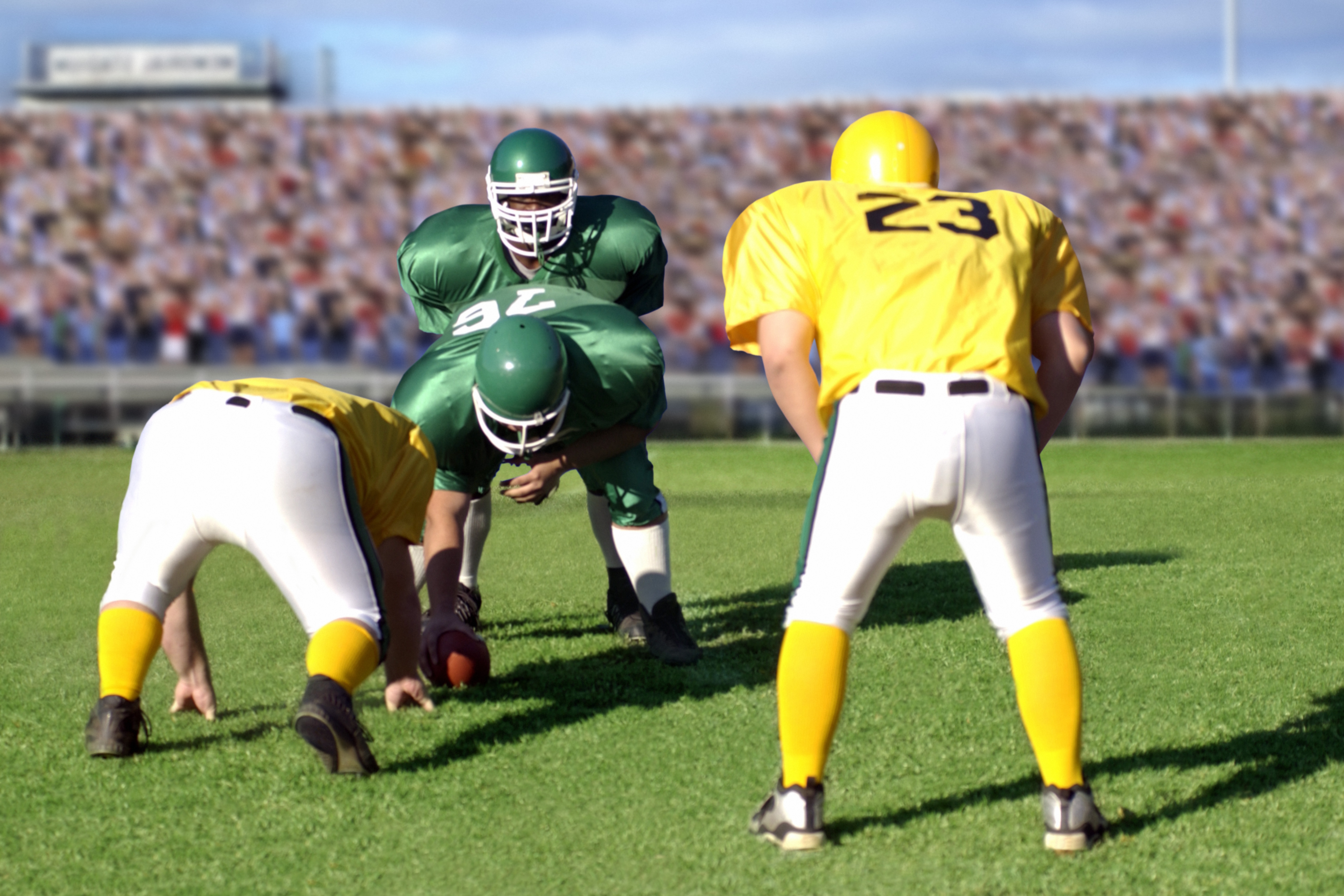Although the new school year is right around the corner, many high school athletes are already back at practice. Dr. Emily Cooper from the Diabesity Research Foundation joined KING 5 Morning News to discuss a problem many young male athletes face. They want to become stronger, but often struggle with gaining muscle mass.
![78034711 [image : 71309146]](http://cdn.tegna-tv.com/media/2015/08/28/NWGroup/KING/635763617034363980-Muscle-Mass-Photo.jpg)
Why can this be a problem?
I've seen so many young men wanting to become stronger athletes – and not able to increase muscle mass in spite of serious weight training. After puberty it becomes easier to build muscle - but some males, even as adults just don't have a muscular build genetically, so that's important to consider.
The most common culprit I see is underfueling of exercise. Team sports burn 500-1000 calories an hour depending on how hard an athlete works and how fit they are. It can be tough to consume enough food to stay in what we call a 'positive energy balance'.
So if they're not eating enough, that affects their ability to gain muscle?
Yes, because lean mass which includes muscle, tendons, ligaments, bone, and all the components of the body that are not fat, depends on a sufficient fuel supply. If there is a deficit, the body actually breaks down existing lean mass to convert it to fuel. So caloric deficits make it difficult not only to build new lean mass but ALSO to just maintain the lean mass you already have.
Does weight training build muscle mass?
If it's fueled appropriately, then yes – strength training can help. Keep in mind that to avoid disruption of normal growth and development - under 16 year olds should work on form – meaning properly performing the movement with low weight and high reps while heavier weight and lower reps should be eased into as the child grows and develops into an adult.
Strength Training Progression
- Boys: Focus on form, high reps (16-20 reps)
- Age 16-17: Gradually increase weight loads (12-15 reps)
- Age 18: begin maximal strength (5-12 reps)
And even sleep is important. Muscle mass is built and repaired while we are asleep so sleep is needed to convert the fuel we are eating into muscle.
So the magic triad is fueling, strength exercise and sleep and that applies to females also.
And you said that sometimes extra muscle can be a sign of metabolic problems. What's that about?
Yes, if your child seems to be putting on extra lean and fat mass, it may be a sign of insulin resistance which is associated with high insulin levels. Since insulin is an anabolic hormone, high levels can lead to an abnormal buildup of both lean and fat mass during puberty. Other symptoms can be stretch marks, darkening of the skin creases and fatigue. So have your child checked by their physician if you are concerned.
![Underfueling exercise could affect ability to gain muscle [video : 71305262]](http://king-download.edgesuite.net/video/71305262/71305262_Still.jpg)

